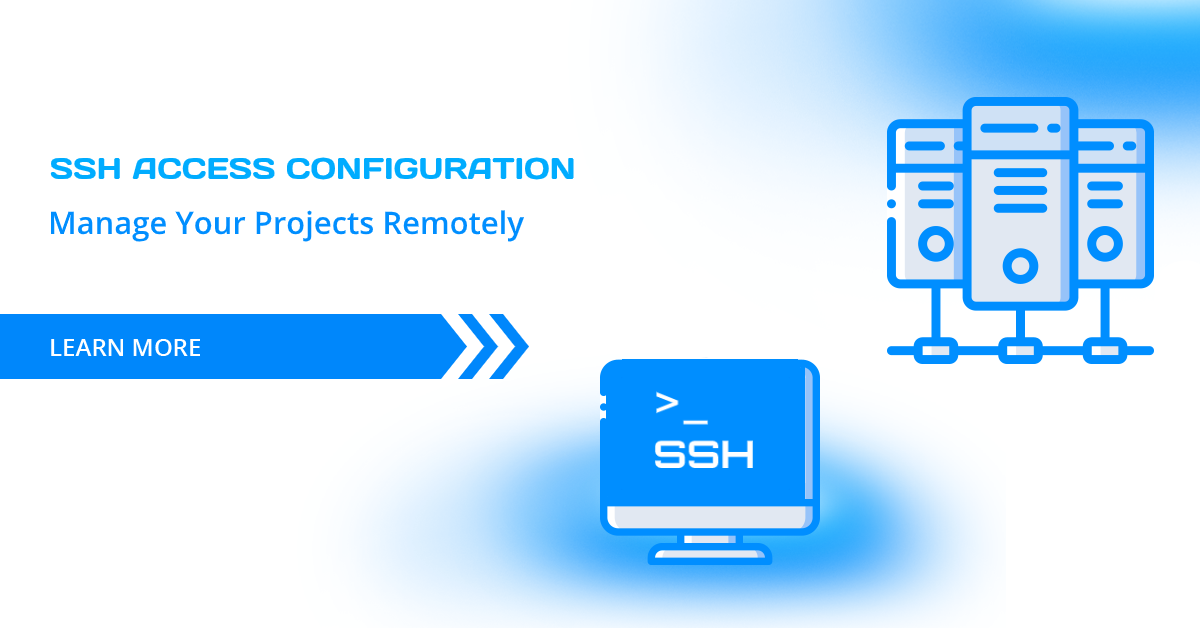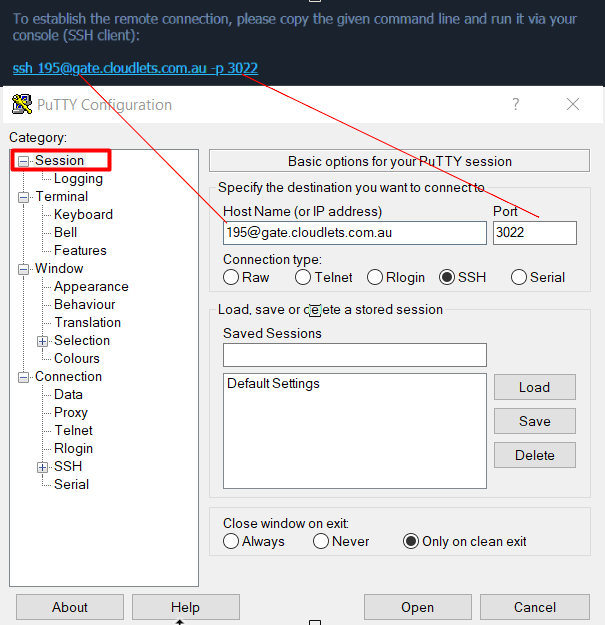Secure IoT: Remote P2P SSH Guide - Free & Easy! [Year]
Detail Author:
- Name : Chaya Johns DVM
- Username : dibbert.mateo
- Email : omccullough@rogahn.org
- Birthdate : 1973-01-27
- Address : 62609 Gia Walks Suite 932 West Brennon, MT 43710
- Phone : 959.845.0822
- Company : D'Amore Ltd
- Job : Skin Care Specialist
- Bio : Consectetur vel sed occaecati nulla officia. Culpa dolorum atque est. In ducimus quis qui libero placeat est. Sapiente tempora rem asperiores voluptas impedit quo rem.
Socials
linkedin:
- url : https://linkedin.com/in/reynolds2004
- username : reynolds2004
- bio : Et esse itaque provident ullam esse nesciunt.
- followers : 866
- following : 1459
tiktok:
- url : https://tiktok.com/@reynolds1982
- username : reynolds1982
- bio : Vel itaque incidunt et.
- followers : 3076
- following : 979
Tired of wrestling with firewalls and IP addresses just to access your Raspberry Pi remotely? Imagine controlling your IoT devices as if they were right next to you, regardless of your location or network configuration. It's not just a dream; it's the reality of remote IoT P2P SSH.
Remote IoT P2P SSH is not merely a technical term; it represents a genuine answer to a prevalent issue. This article explores how to securely connect your Raspberry Pi and other IoT devices from anywhere, bypassing traditional hurdles like IP discovery and firewall adjustments. By leveraging the power of peer-to-peer (P2P) connections and encrypted SSH tunnels, you can establish a seamless and secure link to your devices, unlocking a world of possibilities for remote management and automation.
| Aspect | Details |
|---|---|
| Concept | Remote IoT P2P SSH |
| Definition | Securely connecting IoT devices over the internet using SSH (Secure Shell) via a peer-to-peer (P2P) connection. |
| Key Benefits |
|
| Core Technology |
|
| Implementation Steps |
|
| Security Focus |
|
| Target Devices | Raspberry Pi, other IoT devices (sensors, robotics, etc.) |
| Operating Systems | Windows, macOS, Linux, Android (compatibility depends on the P2P SSH client) |
| Key Advantages |
|
| Use Cases |
|
| Essential Tools | Raspberry Pi OS, P2P SSH client (e.g., ZeroTier, Tailscale), SSH key generator |
| Official Website | Raspberry Pi Foundation |


